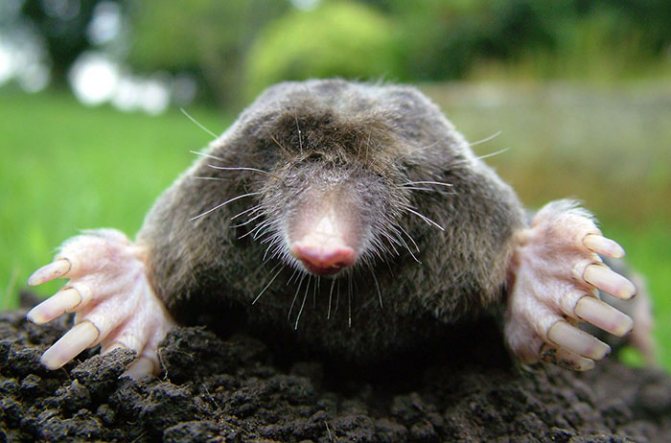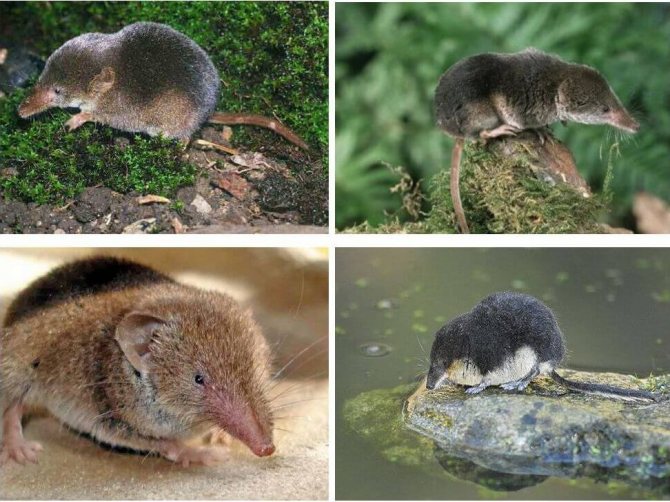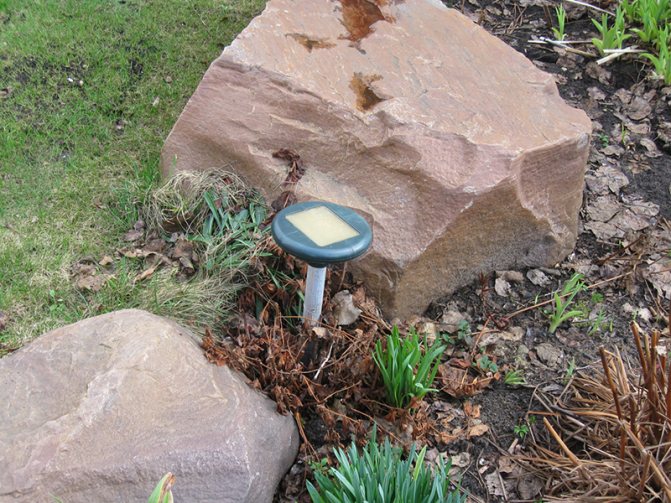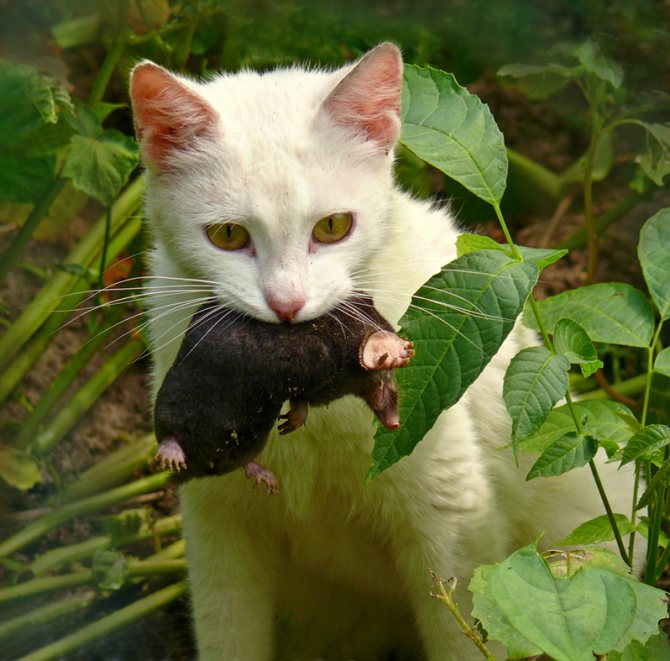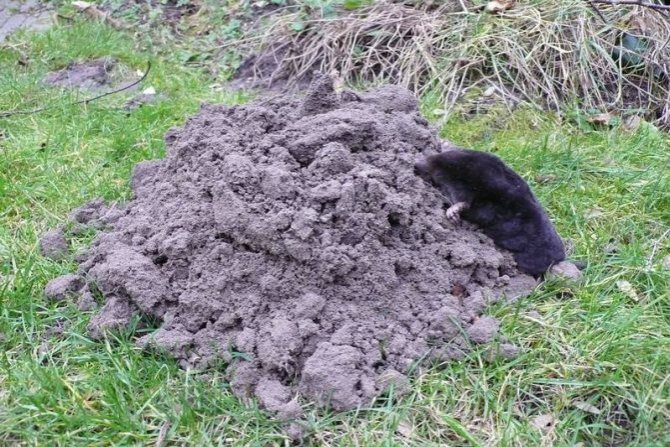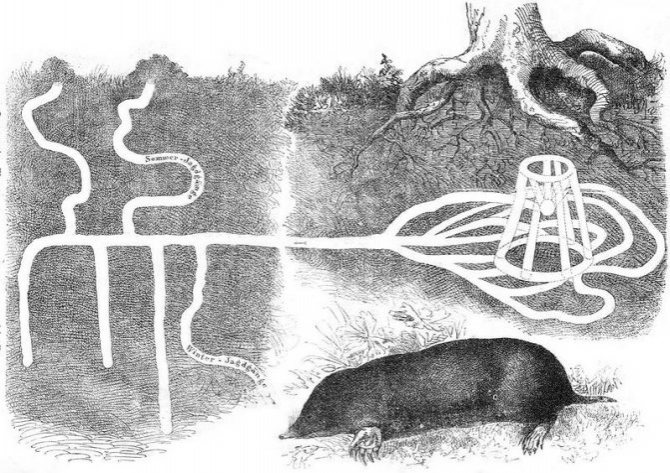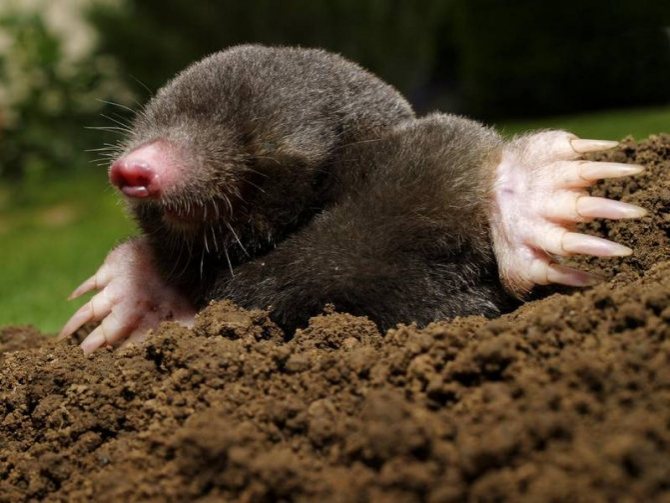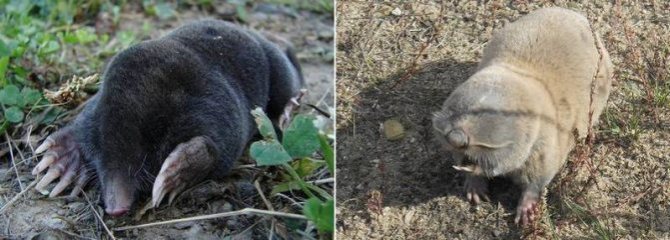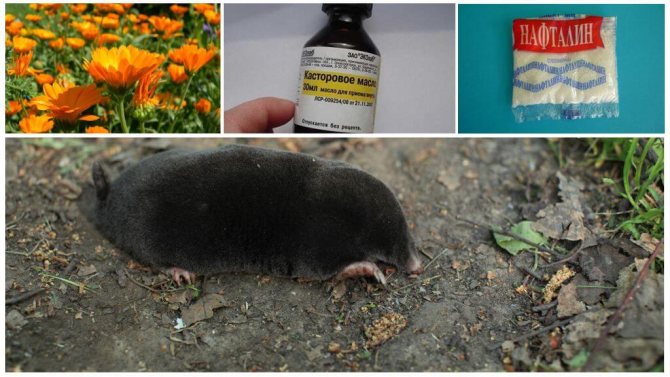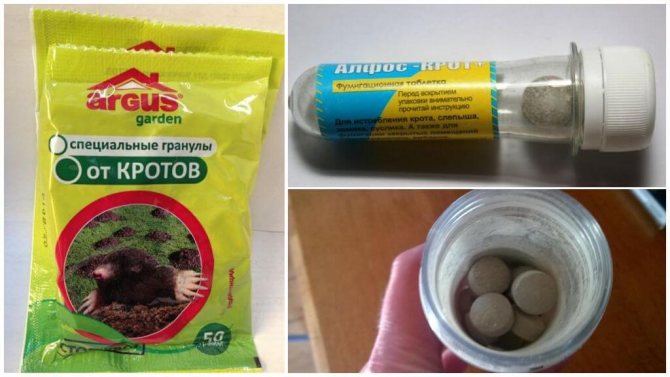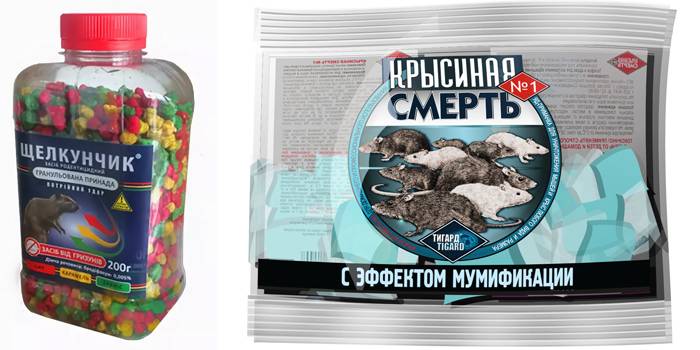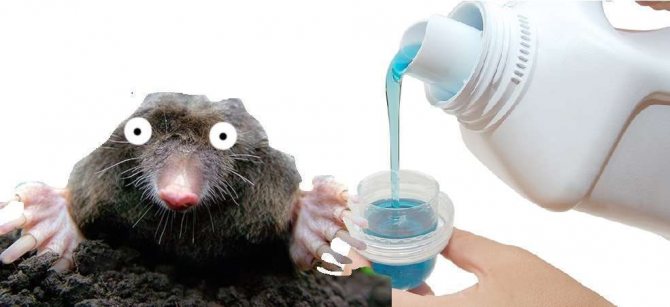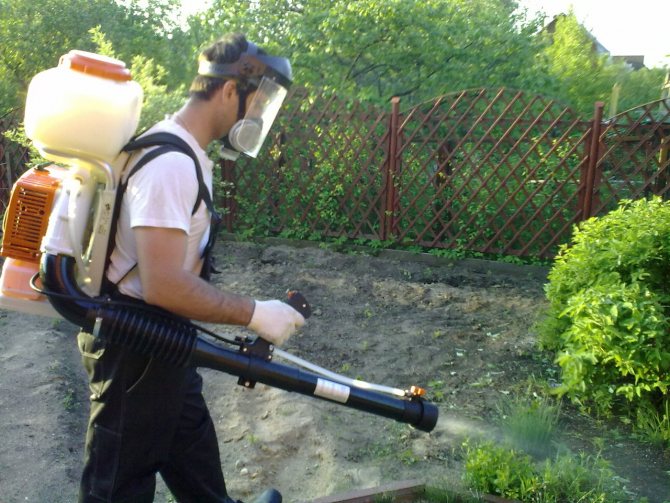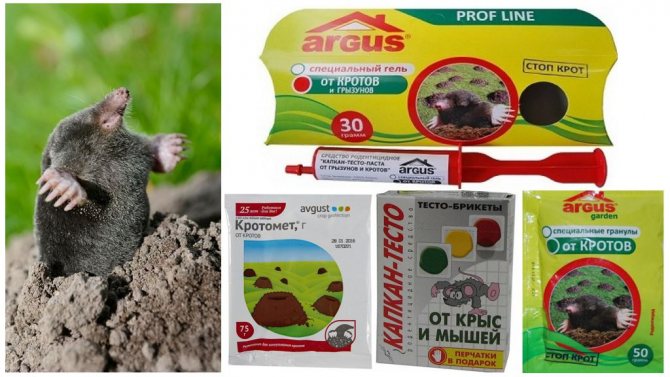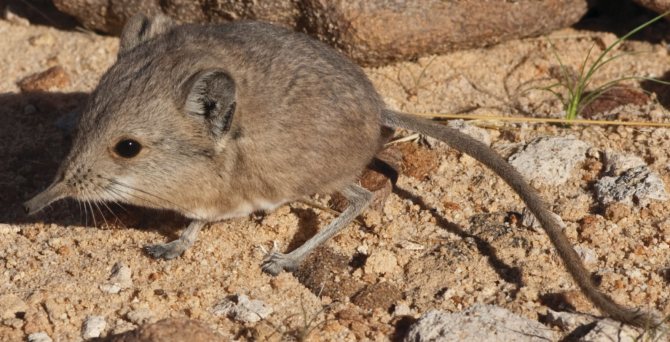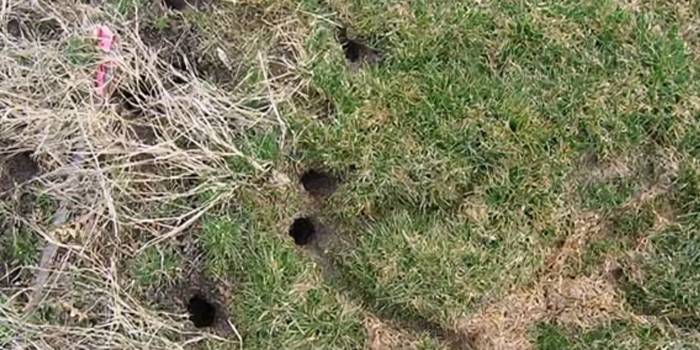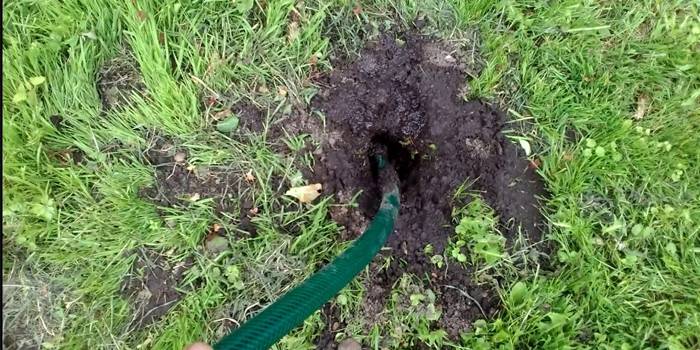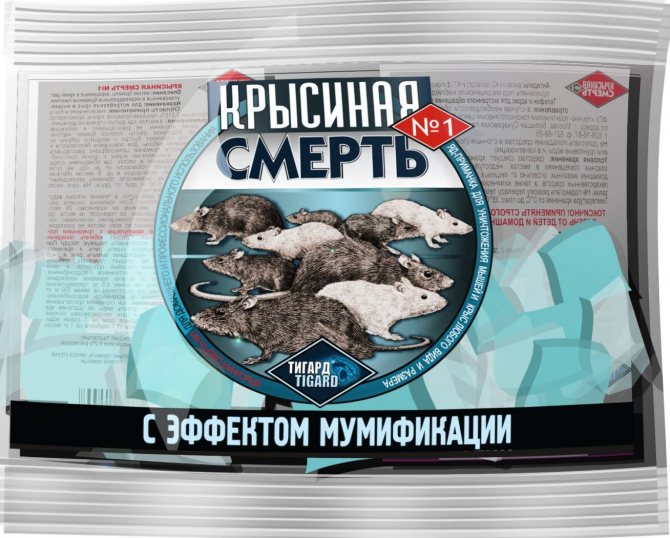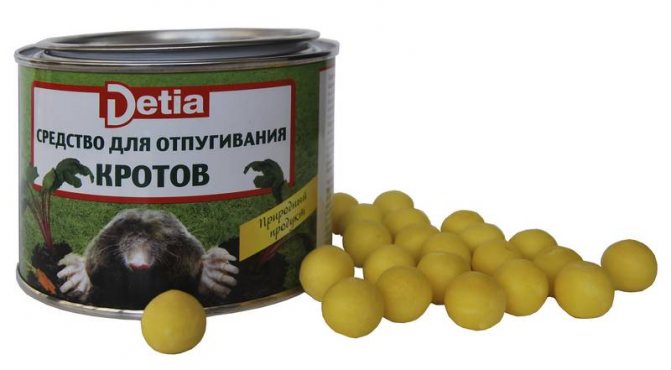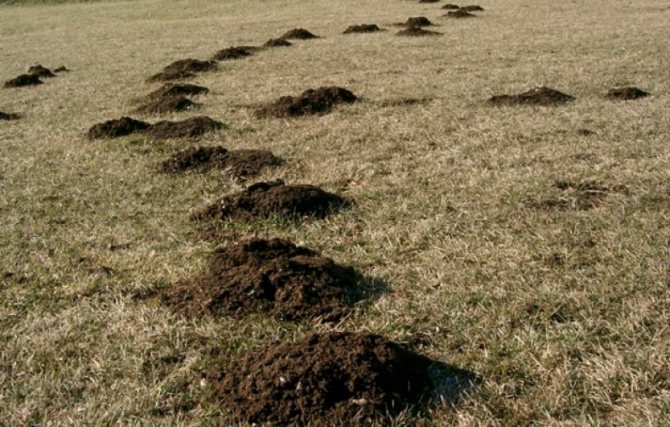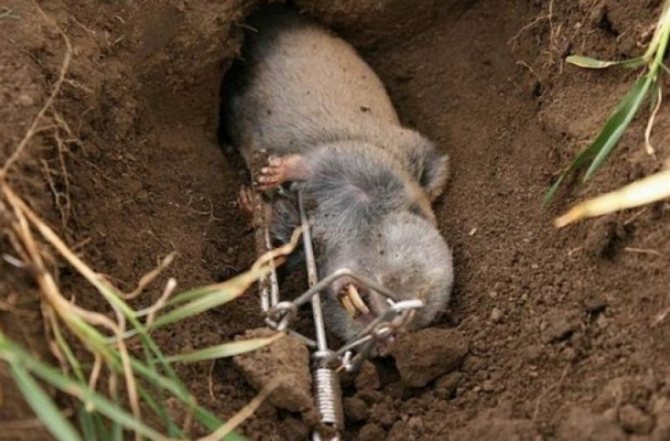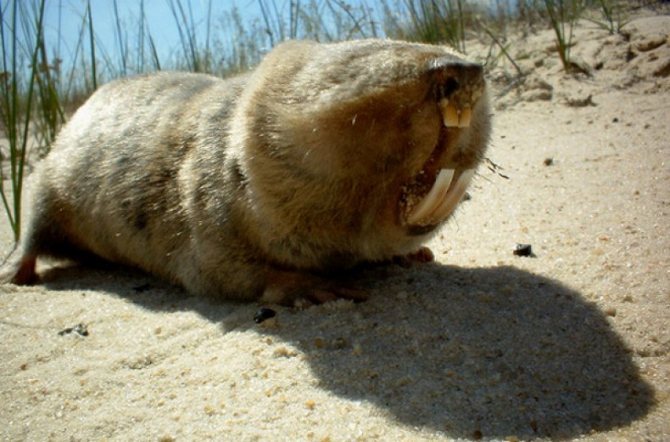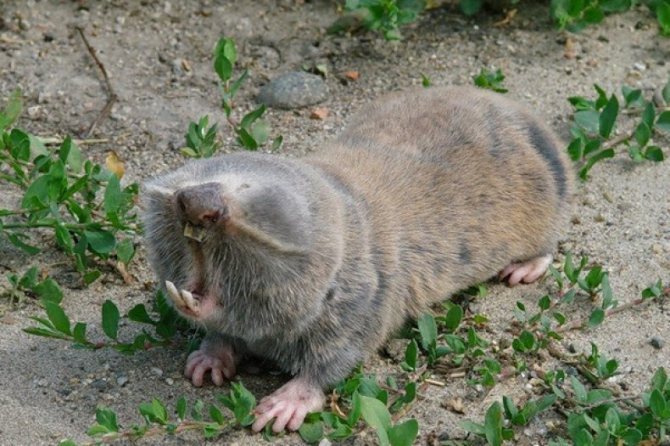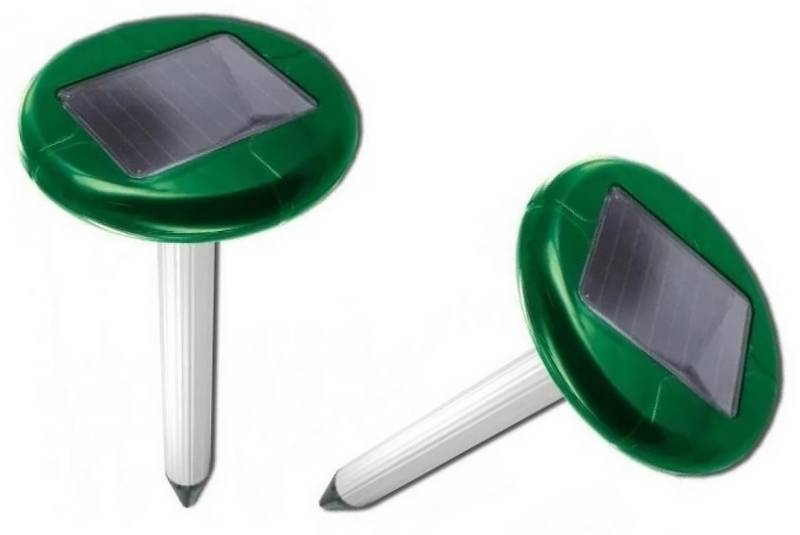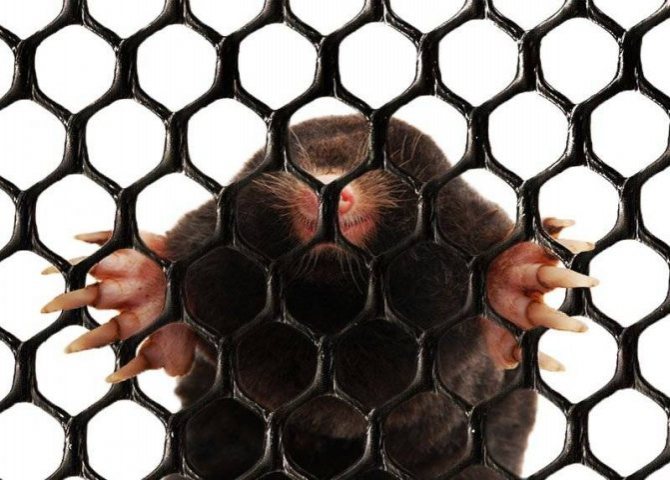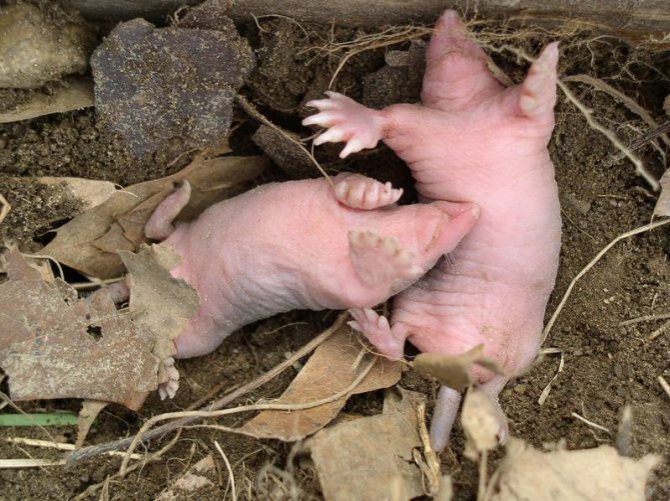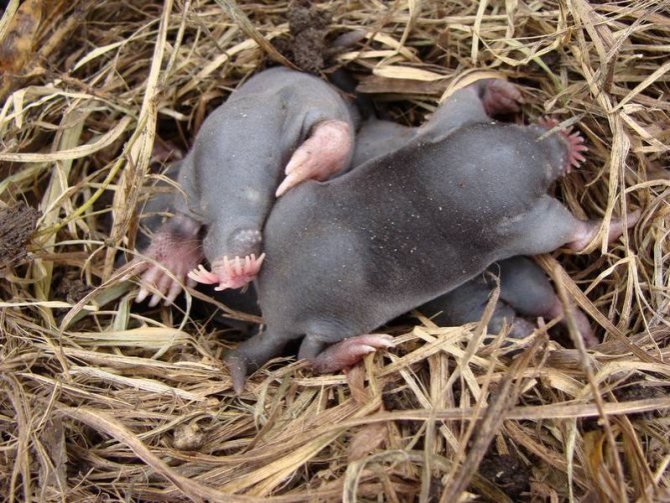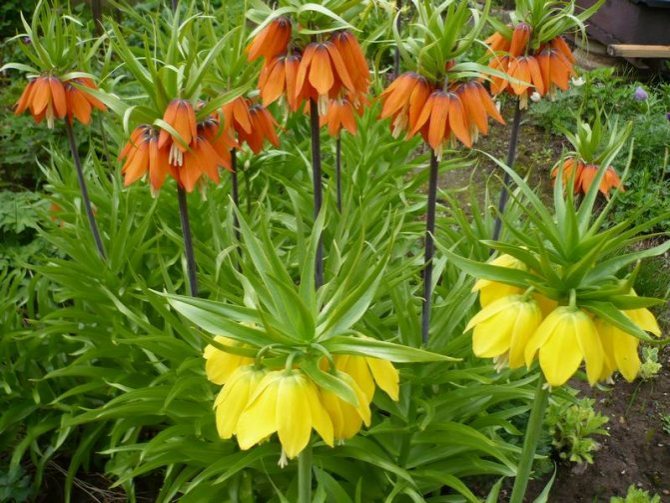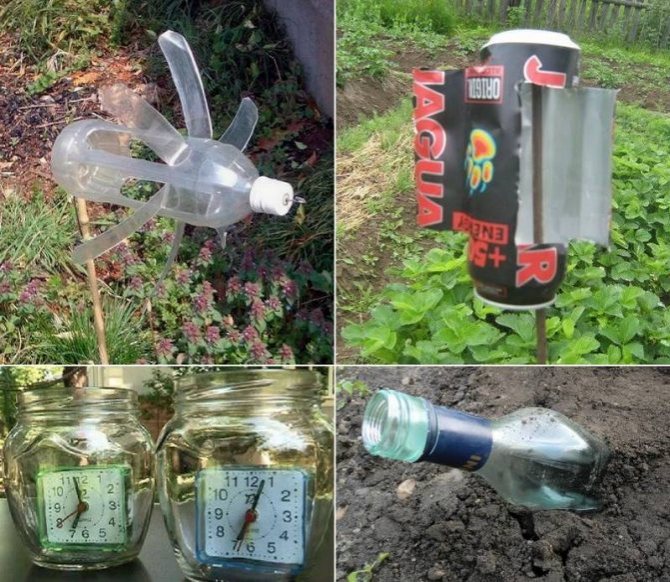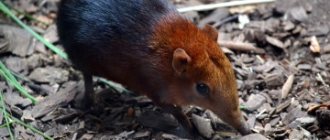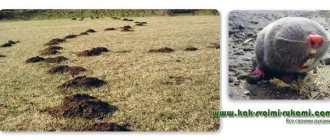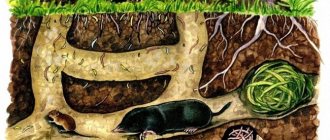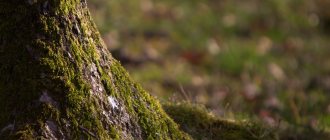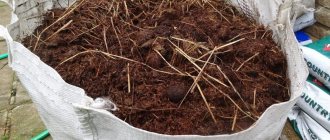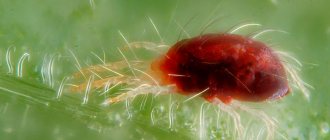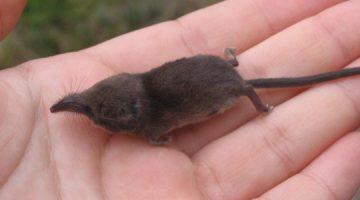
Shrews are small insectivorous animals that can appear in a summer cottage for no reason. For a day, one such animal can "plow" up to 70 meters, as it is constantly in search of food.
It is not so easy to find it - it is constantly under the ground, and the only signs of its vital activity are the grooves of the plowed land appearing here and there. The danger of the appearance of shrews is that, looking for food for themselves, along the way they damage the root system of plantings, which can lead to their death.
However, before you deal with shrews in the country, you need to make sure that it is they who are harming the plants.
What harm and benefit can they do to a summer cottage
Moles, shrews are active animals. The benefits of them in the garden are enormous, because they:
- loosen the soil by making deep passages;
- save from the invasion of the bear, wireworm, May beetle, eating them.
The harm is that the animals form voids in the ground, digging up labyrinths of wide passages and damaging the roots of plants, fruit plantations, trees. They lose contact with the ground, dry up.
Animals are digging everywhere, be it a garden bed or a flower bed. Shrews are most harmful, damaging root crops and vegetables.
Attention! The animals in the country are overly active. They constantly build labyrinths underground, damaging the root system of trees and cultivated plantations.
The mole in person
Let's get acquainted with the pest itself to begin with. The mole is a mammal and belongs to the order of insectivores. This in itself means that this animal is by no means a fan of trying root crops in our area, or, moreover, the root systems of plants, to which it simply does not care.
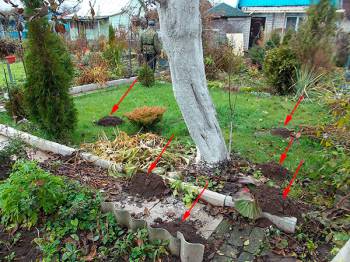

The mole feeds exclusively on insects and worms, which it preys in the earth's thickness. And this digger could have been known as a useful animal, but his underground lifestyle is coupled with the need for constant expansion of sub-soil highways, sometimes stretching tens of meters from one site to another.
In addition, this animal, while hunting its underground "game", is well aware that it has the best chance to profit just near the root systems of plants and root crops, since many worms, insects and their larvae live there.
Thus, instead of benefit, the mole causes considerable damage to gardening, causing damage to the underground part of the plants, their root systems, and also grazes roots and tubers, collecting their prey on them or simply ramming when laying the next loop of its underground communication system.
But the pest itself is very small in size, reaching a maximum of 15-20 cm in length. It is a small animal of a mouse-like appearance, covered with short, straight-growing hair, having a small tail, a very sensitive nose and powerful digging paws with claws.
The mole, I must say, very briskly and confidently moves in the earth's thickness. Its whole essence and body structure make it easy to identify an underground inhabitant in it. Smooth fur does not create unnecessary friction for the animal when moving; at the tip of the nose there are several very sensitive vibrissa antennae that can pick up the slightest vibrations.
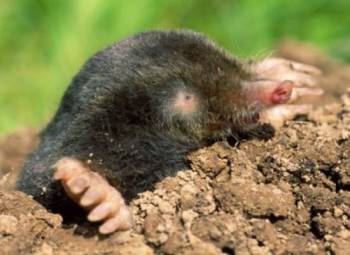

By the way, the mole can also easily move backwards.In this he is helped by the same vibrissae located on the tail, which are on the muzzle. The mole has almost no eyes. We use the word "almost" because some subspecies have eyes, but they can only distinguish between light and darkness, nothing more.
Also, the mole has four limbs necessary for digging. Particularly prominent are the front ones, which resemble excavator buckets. The animal also has excellent hearing, like all blind creatures. His ears are hidden under a skin flap and hair to keep the earth from getting inside.
Such is he, a pest. Quite funny outwardly, however, very harmful in practice. Next, we turn to an overview of all the most well-known methods of countering these diggers.
Application of gas tablets
Gas tablets are gentle and highly effective. The animals that cannot stand the smell of gas do not die, but manage to escape.... If they are thrown into burrows and sprinkled with earth, the effect of the tablets comes after 3-4 days. Radius of action: 4.5–5 m. Of course, a one-time use is unlikely to be effective. Gas in the ground becomes neutral after 2-3 days. If you carry out several treatments, then moles and shrews will leave the site, because do not tolerate volatile substances with a pungent odor.
Advice! For the treatment of the site, it is recommended to spend a package of tablets (25-30 pieces) for 2-3 doses. The main thing is to wear protective rubber gloves when working, observe safety precautions, do not forget that gas tablets are a chemically active reagent.
Planting plants
Considering various options for dealing with a shrew, it is worth noting that there are certain types of plants, when planted, rodents begin to leave the territory in a hurry. It will also be interesting to know how cauliflower seeds are planted outdoors. So, shrews don't like beans and euphorbia.


Planting plants from a shrew
You can also use ordinary marigolds to fight animals. To do this, you will need to dry the culture, grind finely and scatter over it before digging the site. It is known that the shrew is frightened off by the smell that this plant emits. Marigolds can also be planted along the edges of the garden, then the animals will not enter it.
Review of popular brands
Manufacturers offer various remedies for moles, shrews on the site: tablets, poisonous baits, ultrasonic repellents. Of these, the most popular are:
"Dakfocal"
The fumigation insecticide begins to emit a heavy gas upon contact with the soil, spreads along all passages, penetrating into hard-to-reach places. Two or three tablets are placed at the maximum depth. The hole is covered with earth.
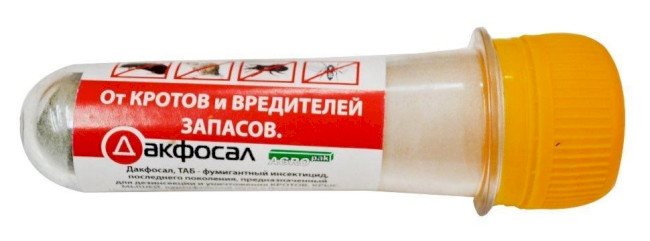

DETIA
DETIA with essential oils, safe for people and soil, but effective against moles. The balls are buried at a distance from each other in the burrow. Poisonous toxins begin to evaporate immediately. To achieve the result, the procedure must be repeated at least 2 times per season.
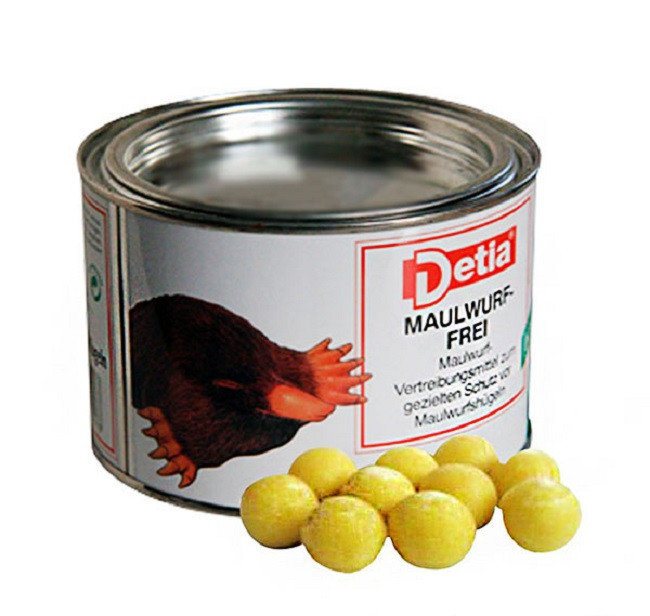

"Russian trap"
The bait in the form of paraffin briquettes is used to expel shrews, moles, rats, mice from a summer cottage. Contains: active brodifacoum and suffocating fragrances.
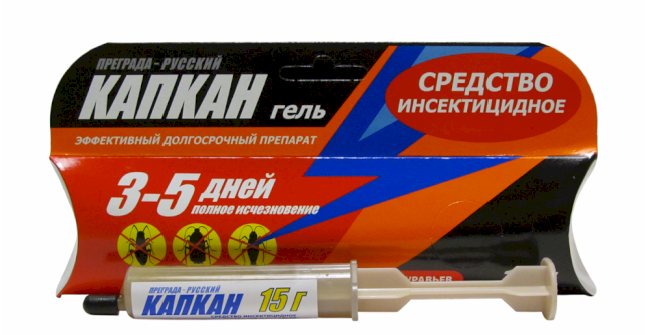

ARGUS (gel)
One tube (30 g) is enough to distribute at the entrance in front of each mink. The active substance is brodifacum. Provokes paralysis.
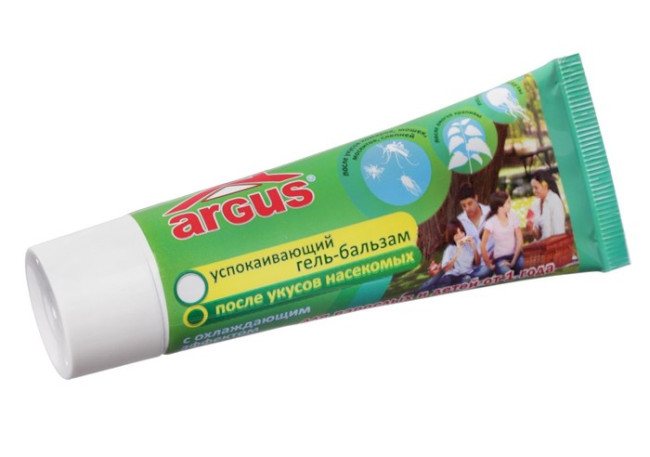

"Alfos Krot"
An effective drug against moles, hamsters, ground squirrels. It emits alphos (heavy gas), which gradually displaces the air, settling down to a depth of 3–4 m in the soil. The drug will not leave behind new worm points after 7–10 days. The animals will become afraid and leave the site. For use:
- scatter over the site, throw in burrows;
- sprinkle with earth.
The result can be seen as early as 20 hours after use.
Tablets are used according to the instructions. Do not open the package indoors.
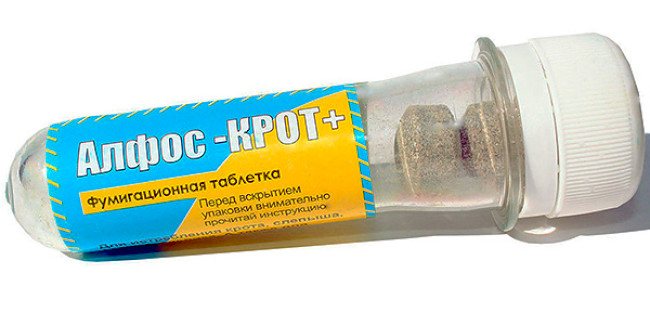

"Stop Mole"
A toxic chemical with migratory properties that quickly fills minks. In each hole 2-3 tablets are placed, covered with earth. It is better to carry out procedures during the day (from 12:00 to 16:00). Predators immediately leave the excavated areas.
Reference! It is not recommended to throw pills into burrows after rain, or inhale the released gas.
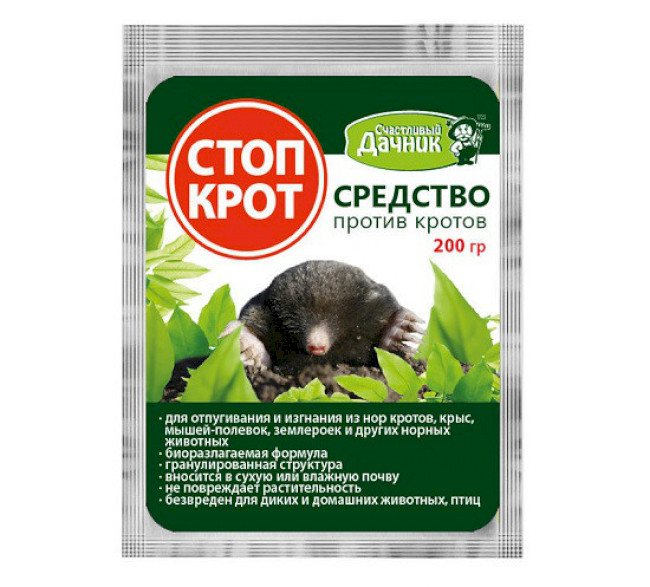

"Green House Antikrot"
Poisonous gel concentrate - poison from shrews and moles in their summer cottage. In the composition - active bromadiolone. One treatment is enough with placing 15 grams in a wormhole, as the desired result will not be long in coming.
Antrocot is a good long-acting remedy at an affordable price. Eliminates entire populations of rats, mice, moles. Although, according to the instructions, you have to breed the bait on your own.
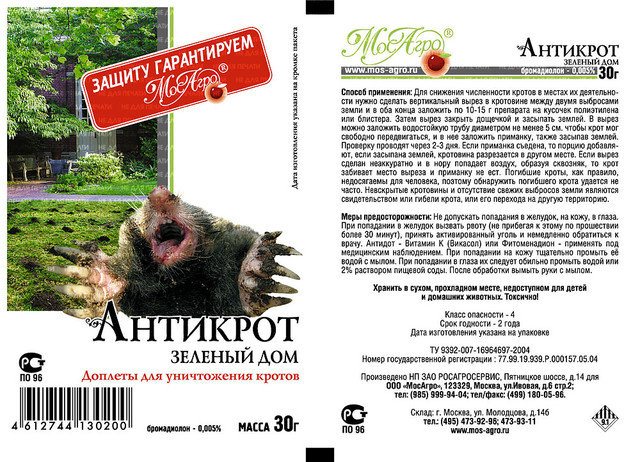

Vole
It looks like a normal mouse. Body length - no more than 13 cm. The color is brown, and gray on the tummy. Unlike a shrew, a vole will feed on your crop.
She likes roots, shoots, leaves and sometimes even the seeds of some plants (for example, beans). She is even more fertile than a shrew - a field mouse is able to reproduce offspring up to 7 times per season, 5, and sometimes 12 babies.
In winter, the vole is protected by a layer of snow that has fallen, so the pests may simply not survive the snowless winters. In winter, they can harm raspberry bushes and gardens.
Below is a photo of field mouse minks. Pests usually live in groups, dig branchy, complex passages. But this happens at a shallow depth - from 15 to 35 cm.
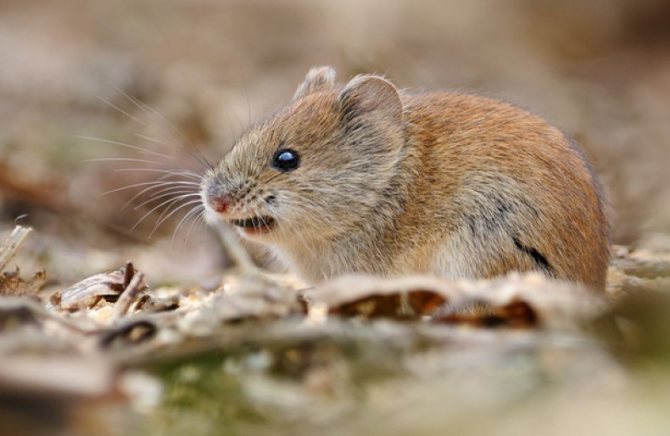

Preventing the appearance of voles on your site will be regular weed control and timely harvesting. But alas, even observing all the precautions cannot guarantee that you will not start a vole.
So what to do if field mice are already in your area?
The first way - get a good, not lazy cat. Of course, if you take a kitten, things will not go as quickly as possible, but this method can scare away the voles for a long time and protect your site.
Using traps is not the wisest solution, since they are effective when there are only a few pests, and the number of voles tends to increase rapidly.
Second way - poisoned baits and poisonous substances. For example, you can make lumps of dry plaster of paris and flour or some other treat. Voles love to drink after eating, and gypsum frozen in the stomach will lead to immediate death. You can flood holes, process them with poisonous gases or use an acute poison, after which the animal will die.
How to use poison bait
Baits (granules, pastes, tablets, briquettes) are effective poisons for moles and shrews at their summer cottage. Poisonous baits ("Russian trap", "Antikrot") are used when other methods become useless. The poison, when it enters the stomach of rodents, provokes muscle paralysis, malfunction of the nervous system, suffocation, internal bleeding, and death. The substance decomposes slowly (within 1 month).
If the bait is thrown into a burrow or buried throughout the site, then the mass death of rodents will be observed in a week.
For use, a remedy for moles and shrews in a summer cottage:
- throws several dosages into fresh holes at once;
- buried in the ground throughout the site;
- checked after 2 days;
- more poison is added if necessary.
Better to pickle rodents in dry, calm weather.
Application of the barrier method
Metal or plastic mesh of different sizes is used. For what:
- digging a trench 80 cm deep, 30 cm wide;
- the mesh is laid, covered with earth.
The goal of the method is to make a fence 25 cm above the ground.Ideally, use a plastic material that will not rot, will not lose its strength for up to 25 years.
To combat pests on lawns, it is better to lay the mesh over the site to a depth of 20 cm, sprinkling it with earth on top. Judging by the reviews, the barrier mole trap is one of the best options. After all, the net can be laid on the site and forget about the rodents for a long time.


Chafer
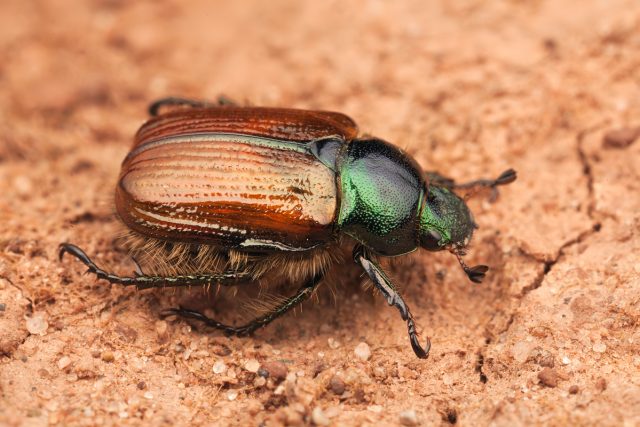

May beetle are quite small representatives of the underworld:
- length - 25 - 32 millimeters (adults can belong to the Eastern or Western Veda);
- black dense body;
- small red wings.
Adults can appear on the surface of the earth in the second half of spring, and after this event, the life span does not exceed 1.5 months. Females die after they have laid several dozen eggs.
Can I use sulfur bombs and firecrackers
Smoke, sulfur bombs:
- light up;
- fit into the passages, holes in the ground;
- tightly closed with a sheet of plywood or a bucket.
The smoke, as it spreads along the passages, begins to have a poisonous effect, scaring away shrews and moles from the summer cottage.
If firecrackers are used, they are laid in the moves, covered with a bucket, then exploded in a wave. The roar quickly spreads along the underground passages, deafens and scares away the animals. Another option for using a firecracker:
- put on a small container treated with ammonia;
- set it on fire to start spreading a finely dispersed ammonia smell.
Important! Repellent smoke bombs are not the most humane way to scare away. They poison the soil, lead to the death of worms and insects.
DIY pest traps
Live-catchers (pipes) are also used to catch shrews. The principle of their operation is as follows: a pipe of the required diameter and length is inserted into the course of the shrew, equipped on both sides with dampers that open only in one direction - inside the pipe. The pest, moving along the manhole, opens the flap with its nose, moves into the pipe and rests against the opposite flap. The animal will no longer be able to get out of such a trap on its own.
There are even more budget options for catching a shrew. For example, wire traps. They are also installed in manholes and passages and are triggered after the animal touches the spacer. The owner's task is to regularly inspect the traps that have been placed.
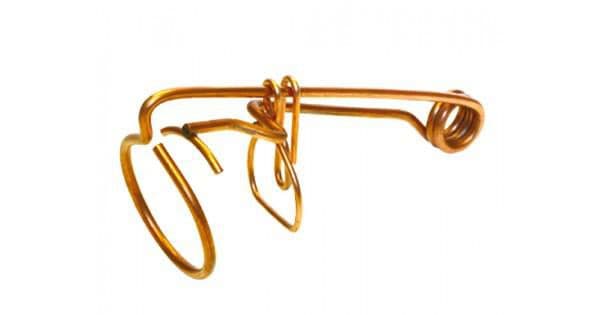

SuperCat Claw
One of the most successful traps to date is the SuperCat Claw device. Today, this trap remains the only one in the world that is used by both amateur gardeners and professionals in the field of vermin control.
Folk methods of struggle
Shrews, moles are smart, cunning, inventive animals. They can easily bypass the set traps by the side, continuing to pull out underground passages in other directions. But gardeners and gardeners have learned to be smart, using folk methods (sharp noises, unpleasant odors) in the fight against moles and shrews in the garden plot. Among the most effective:
- The rotten fish quickly drives away pests. You can spread the remains of herring in the holes.
- Plants of the lilac family, garlic, legumes have a deterrent effect.
- Hunting dog breeds (fox terrier, dachshund), for which shrews are a tasty treat.
- Bottle trills. Tin or metal can, put on a peg. Will make noise in the wind, scare away moles and shrews from the site.
- Rags drenched in kerosene, gasoline, tar. Spread out around the plantings or at the ends of the beds.
- Leguminous crops, the shoots and tops of which are to be laid out on the underground entrances.
- Hemp. Put fresh in the burrows, when, as it decays, it begins to emit a specific smell with a duration of up to two years.
Flooding
Rodent-dug tunnels can be flooded with water, pouring 100–150 liters for each mole.Although this is problematic. The animals are quickly digging underground labyrinths. At the same time, water will have time to be absorbed into the soil and will attract earthworms. Moles feed on them, which will only exacerbate the problem.
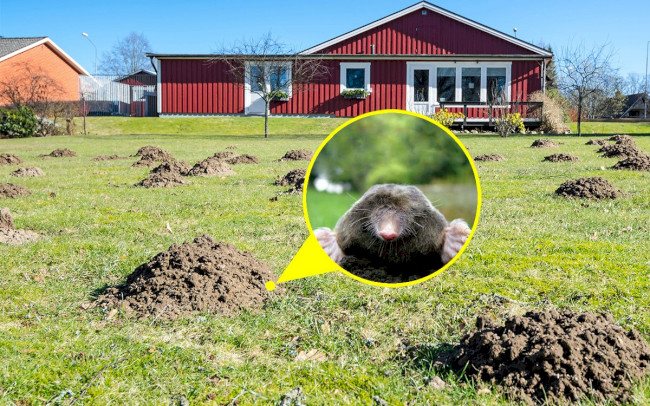

Scare away
Deterrent devices help fight moles, mice and shrews in the garden. The principle of action is that they begin to emit strong sounds and smells. Animals that do not like noise run away.
The best electronic, ultrasonic scarers of moles, shrews on the site and in burrows:
- "Hawk MK01" - ultrasonic repeller of shrews and moles. A combination of seismic waves and low frequency sound is used. Works continuously for up to four months.
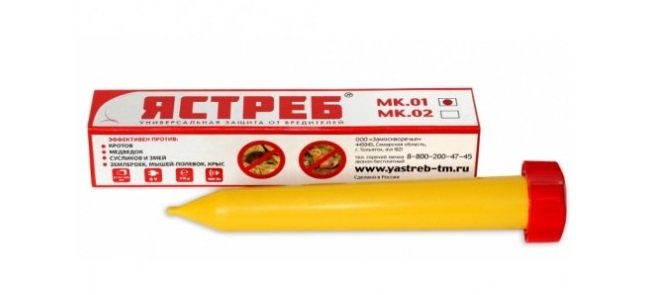

- Ecosniper LS-997M works in several directions at once and can change the vibration frequency. Effective for many years in the garden to combat moles and shrews. It emits sound waves every 15 seconds, helps to quickly remove the bear, gophers, moles.
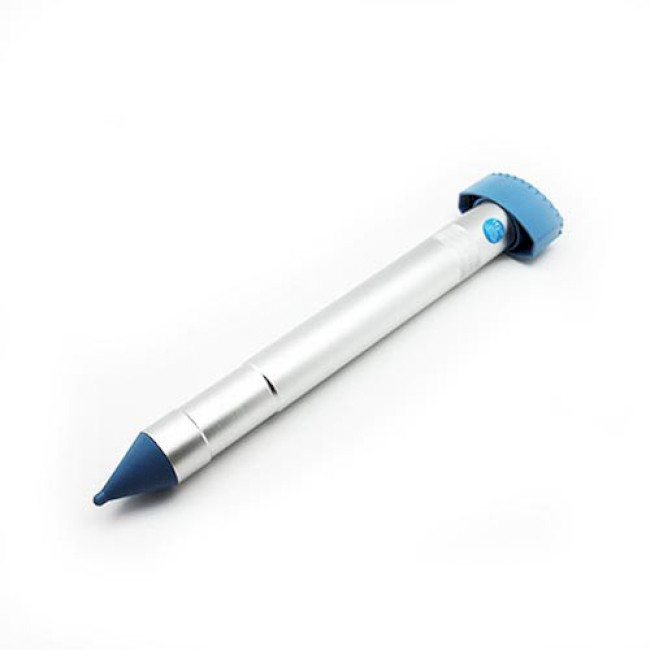

- "SITITEK GROM-PPOFI LED" is an autonomous scarer with a solar battery. Equipped with a built-in LED downlight. Covers an area of 170 m2. It will help to quickly drive the moles from their homes.
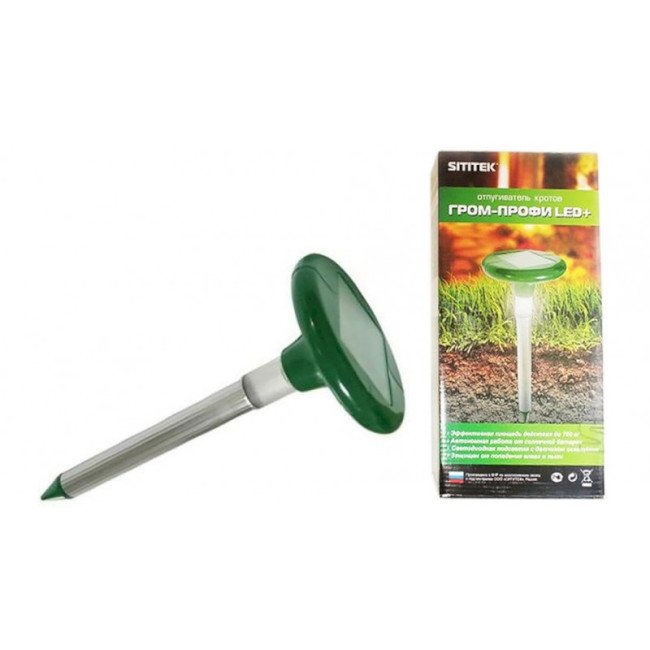

- TOPNADO OZV.01 is a device with round-the-clock operation from a built-in solar battery. Covers a large radius of action, emitting ultrasound. Will harmoniously fit into the landscape of any site. Safe for humans and animals. It is buried in the soil to a certain depth. The effect can be expected after 10-14 days.
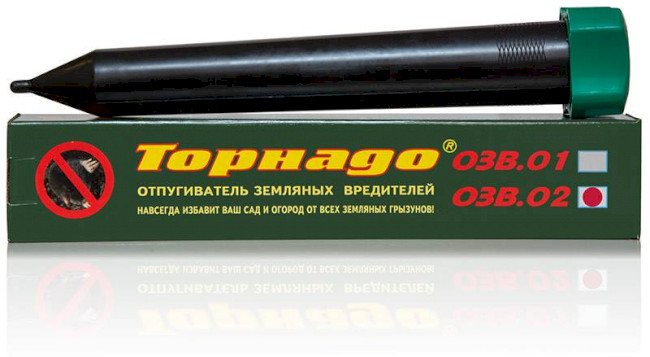

Traps
A glass jar is suitable for catching pests. It must be placed in the ground so that the neck is at the lower level of the mole path. Rodents will begin to move along the familiar path, falling into the covered neck of the can. The main thing is to periodically check the trap, preventing the hungry pestilence of living beings.
Worth knowing! It is important to install the jar correctly in the ground. If moles and shrews begin to be distracted by foreign objects, they can bypass the trap. The folk method of dealing with moles and shrews on the site is effective only if the animals move along the usual trajectory.
Additional tips and tricks
- Rodents love to explore places with dense vegetation: reservoirs or swamps, where there is always water. Often they penetrate through underground labyrinths into greenhouses in the spring, which is worth considering for gardeners.
- Shrews can eat as much food as the animal weighs in 3 hours. And already after 7-8 hours they feel a deadly hunger.
- Shrews do not hibernate, but they reduce the amount of their usual food. From spring (April-June), the body parameters are again increased to their previous values.
- Traps, home-made devices for scaring away animals are simple and effective ways to fight. To help - plastic, tin cans and bottles, dug into the ground at an angle of 45 ° or put on a wooden peg. The wind will sway, and the noise and hum will scare away the animals.
- Moles and shrews do not like the smell of some plants. It is recommended to plant garlic, mint, lentils around the perimeter of the garden.
- The popular method of fighting moles is to install a pipe with a door in an underground tunnel with a door ajar inward. Place earthworms as bait. When the plug works, the animal can be taken far outside the cottage.
- Ultrasonic devices affect the hearing organs of animals. They start to panic from the buzzing.
- When using domestic, foreign chemical preparations, one must not forget that these are poisons. It is important to observe safety measures, do not exceed the dosage indicated in the instructions.
To get good harvests for summer residents, it is important to systematically carry out work to protect the territory. If you choose the best method, then you can get rid of moles, mole rats and shrews in your summer cottage in a short time. It is worth acting as soon as the moves appeared.If rodents conquer large territories and create whole labyrinths underground, then it will be much more difficult to drive them out.
Description
Shrews are very similar in appearance to field mice. The main difference from field animals is a longer tail and a muzzle, which has a pronounced elongated shape.In the garden or vegetable garden, you can find two types of shrews - the shrew or the tiny shrew. The animals of the latter species are the smallest - their adults do not exceed 5 cm in size. Their wool is light brown in color.
It is these animals that bring the most problems to gardeners, and it is because of them that an active fight with the shrew is required.
A shrew in appearance is not much different from a mouse. The main difference between the animal is the tail and the presence of a long proboscis. In temperate latitudes, you can find two types of shrews:
- pygmy shrew;
- tiny shrew.
In Russia, the second species is especially often troublesome for gardeners. The following signs will allow you to accurately recognize the pest:
- The animal has an elongated head and a mobile proboscis, which is lighter in color;
- The animal reaches the size of 19-25 cm, covered with short fluffy fur;
- The coat is colored brown with a slight gray tint;
- The tail of the animal is thicker than that of a mouse, does not exceed 5 cm in length;
- The tiny shrew is very mobile, moves quickly, capable of breaking long passages in the ground that look like wormholes;
- Lives in mid-latitudes. Prefers wet places with an abundance of food: vegetable gardens, gardens, lawns, summer cottages;
- Often, shrews settle near a reservoir, under rotten stumps, occupy holes of moles and mice;
- The pest uses only insects, small amphibians, worms, potato tubers for food;
- Each shrew has its own hunting area measuring several tens of square meters;
- The shrew keeps uneaten food in the nest underground;
- The nest of the shrew is small, inconspicuous, lined with dry leaves and twigs inside;
- A fast metabolism requires an active lifestyle from the animal, a continuous search for food;
- The shrew protects its territory from other animals.

